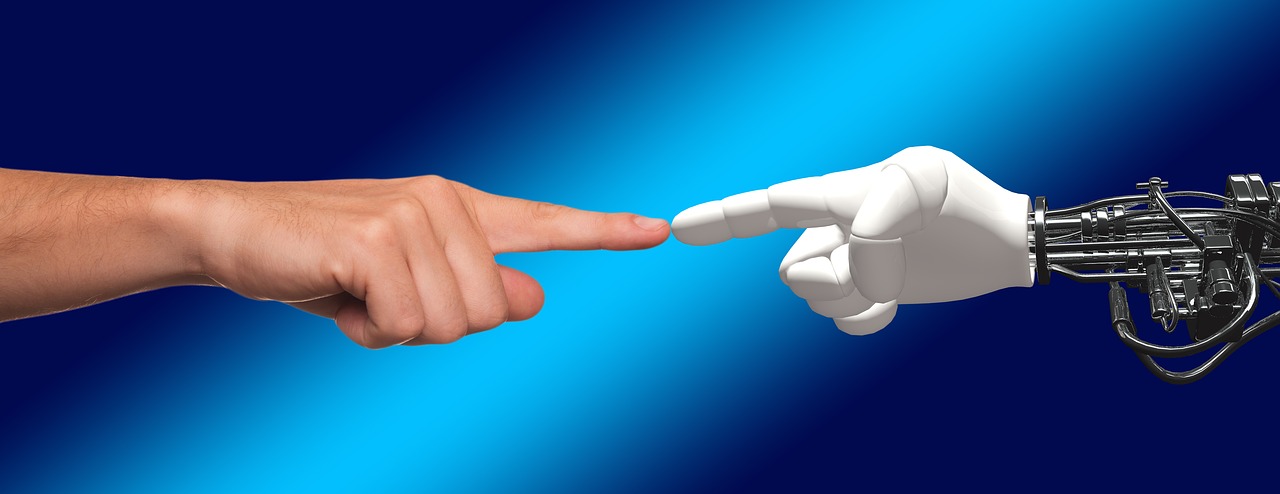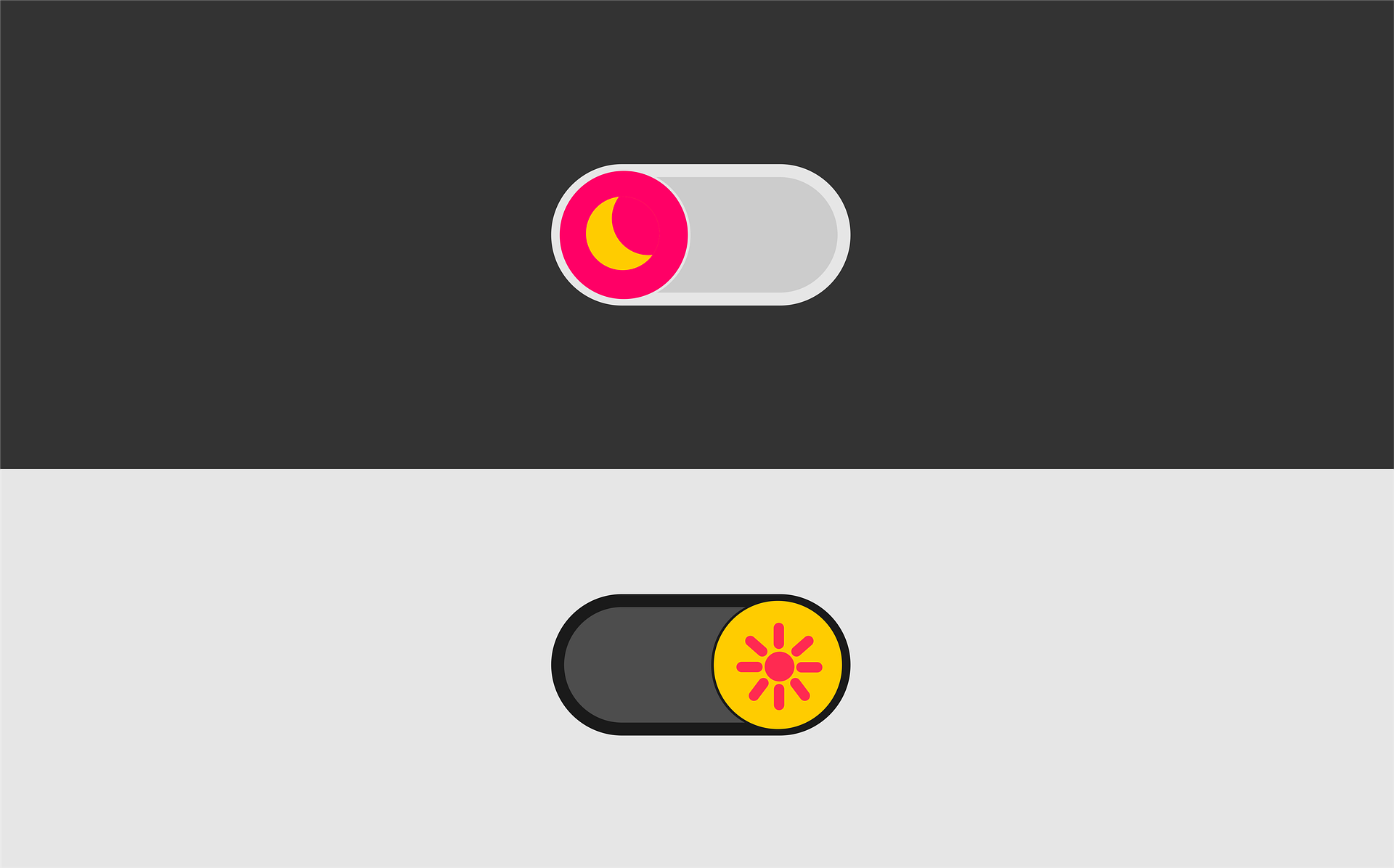
One of the big buzzwords circling UX and tech circles lately is “robotics process automation” or RPA for short. Robotic process automation is a big fancy way of talking about the process of using “software robots” or other specialized computer programs as a way to have repeatable business processes become automated, standardized, and ultimately, something that no longer has to take up actual human bandwidth. If you are reading this and thinking to yourself that this sounds like the beginning stages of allowing the robots to take over, have no fear. This is where user experience research and design comes in to save the day.
Let’s begin by breaking down what exactly robotics process automation (RPA) means and looks like. Robotics process automation is the combination of using software with artificial intelligence and machine learning in order to create a "software robot" that is able to carry out various different tasks that previously required humans to do. RPA does not use physical robots in the full sci-fi use of the world, instead, the robots in RPA are specialized computer programs that create “software robots” that engage with applications in the same way that a person does. An RPA can be configured and used to handle various different business tasks such as responding to an email, read and write to databases, make calculations and more; RPA robots have the potential to carry out or mimic many different human user interactions. In this way, RPA can be understood as a “virtual assistant” that can carry out various mundane tasks, which in turn frees up time for human employees to focus on other business endeavors.
The term "robotic's process automation" is not necessarily a new one, but it has been receiving much more attention and focus in recent years. RPA’s are quickly gaining popularity due to the various benefits they can have to business or organizations that include them. Using RPA’s can allow a business to complete processes more rapidly, consistently, which ultimately allows for better customer service, as well as increasing employee bandwidth. RPA is unique from traditional forms of IT automation because RPA software is programmed to learn and adapt, allowing it to change depending on circumstances or new situations.
Here enters UX research and design processes- user experience is (and has always been) critical in acting as the bridge between human beings and technology.User experience research and design processes try to see the "big picture" and understand the ways in which the user experience is part of a much larger, more complex system. Through the application of UX research and design process when creating RPA’s, it helps to create an overall user experience where the RPA robots are able to support human activity, instead of overriding it. Additionally, RPA processes and scenarios must be able to be used by a wide variety of users and businesses. UX applications allow for designers, researchers, and stakeholders to consider the various needs, actions, and impacts of the overall design on the final user experience.
Essentially, the ability to create a positive, engaging and effective user experience is the key to any kind of enterprises market success. Fittingly, the UX of robotics is a quickly expanding field of design experience and research processes. Applying UX processes to the research and design of RPA's allows for the creation of something that is going to be efficient, usable, and innovative- rather than something that leads to a widespread robotics takeover.
READ MORE: What is Biometrics?, The Do’s and Dont’s of Enterprise Chatbot Building, The Role of UX in Conversational UI, What’s the Difference Between VR, AR, and MR?










Comments
Add Comment